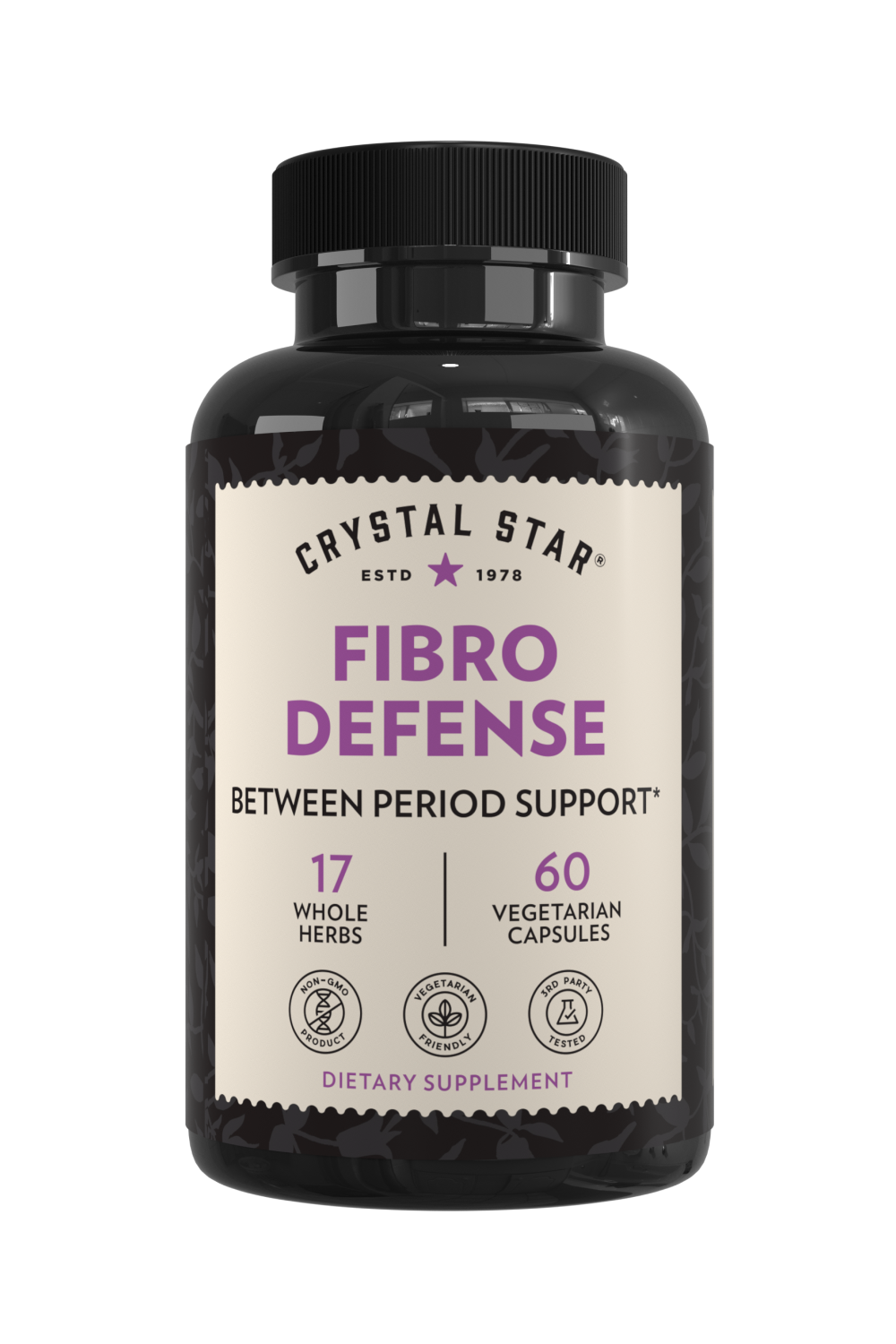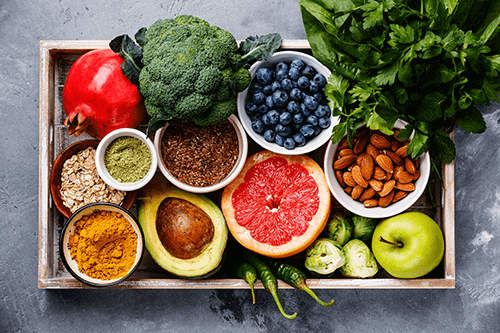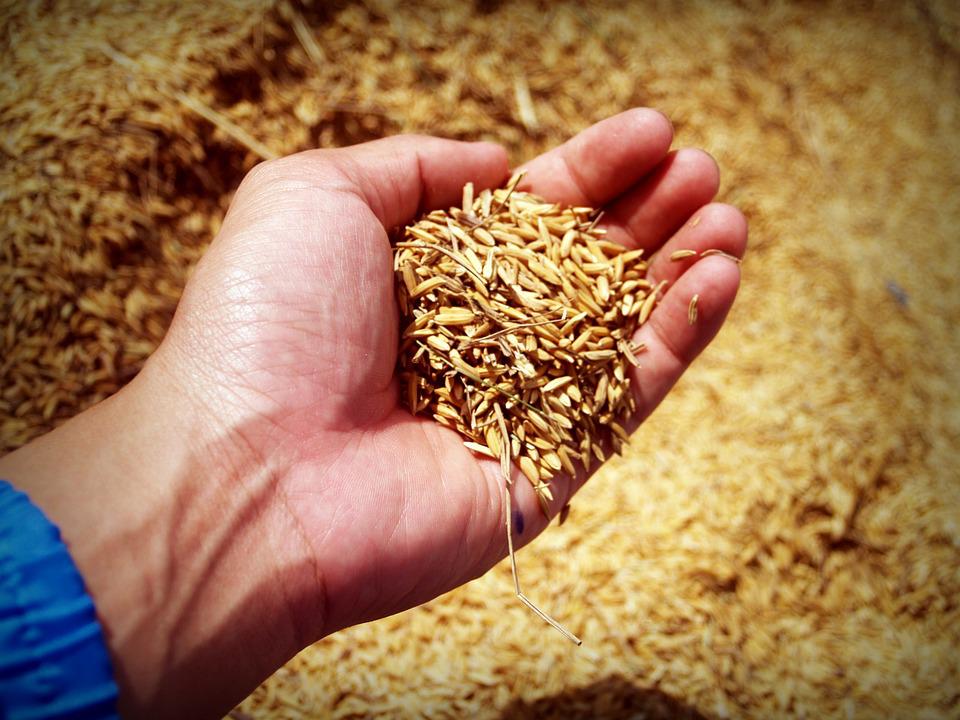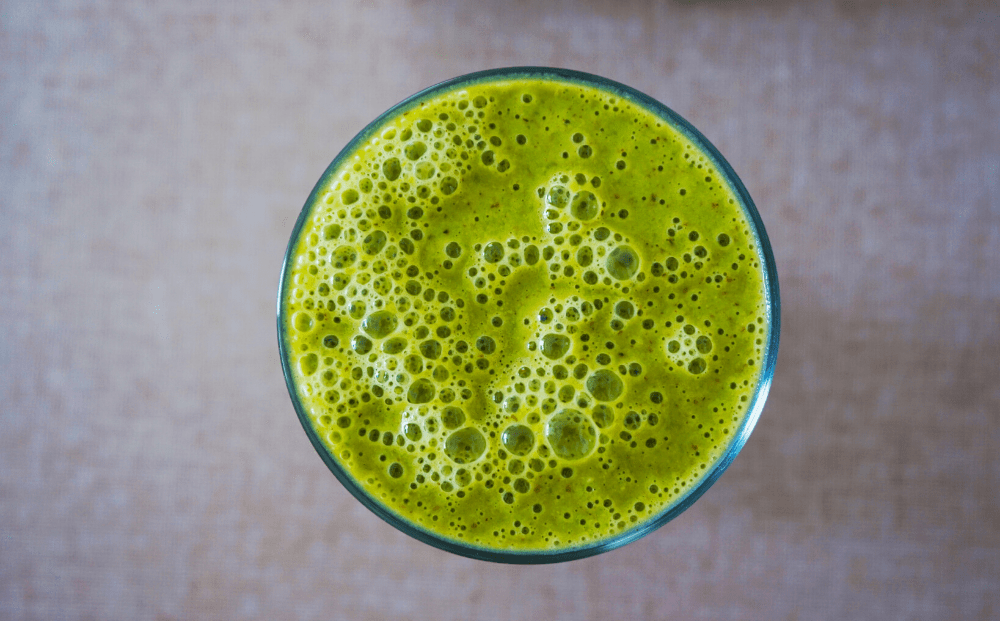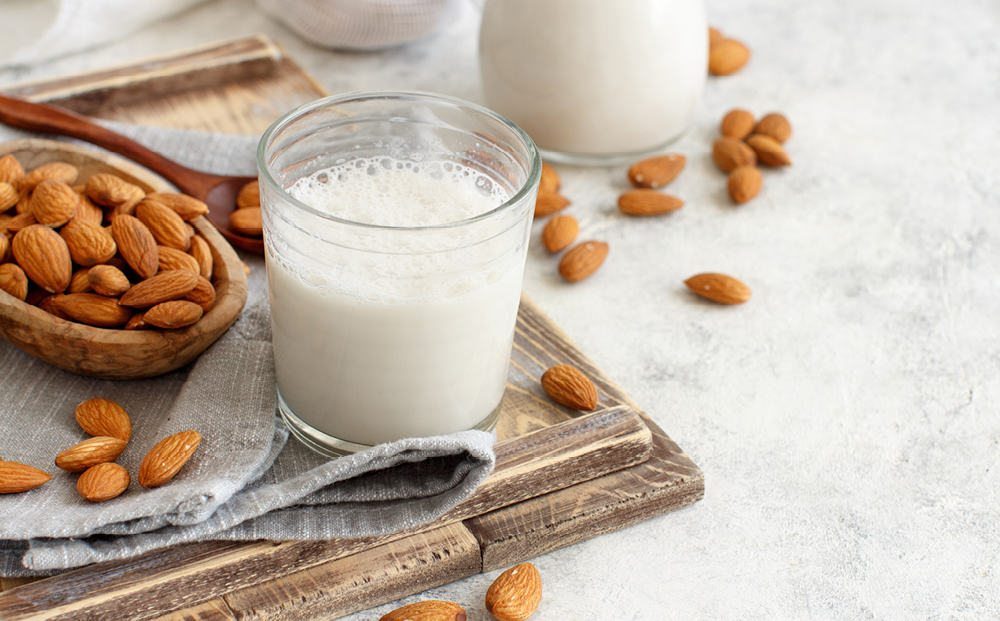
Is almond milk really killing bees? (If so, what now?)
Why almonds, why bees, and why now?
Almonds have long been a popular nut. With the rise of almond milk as a tasty favorite plant-based beverage in the late 2000s, almonds catapulted to the top of the list of nuts most consumed by Americans. Almond consumption has now surpassed every other nut aside from peanuts.[2] In the year 2000, U.S. almond production only took place on about 500,000 acres. Acreage ballooned to more than twice that by 2018. According to the latest U.S. Census of Agriculture, around 900 new almond farms added 300,000 more acres between 2012 and 2017, part of a growing demand for almonds that is expected to continue.[3] [4] The average American now consumes two pounds of almonds per year, in part due to a 250% increase in almond milk sales over the past five years, according to The Guardian. In a nutshell, demand for almonds—thanks to almond milk’s popularity—is growing fast. And to keep feeding almond lovers out there, these orchards need bees, and lots of them. California’s Central Valley produces 80% of the world’s almond supply. However, the Central Valley doesn’t have enough natural pollinators to help almond trees keep up with an increasing demand.Are almond monocultures to blame for bee deaths?
To keep almond trees productive, The Guardian said that California growers enlisted bees sourced from commercial beekeepers—including from migratory beekeepers who travel the country with their hives to keep up with seasonal demand for pollination. [socialpug_tweet tweet="In the winter of 2018-2019, beekeepers in the U.S. lost almost 40% of their stock, with total bee death tolls numbering in the billions." display_tweet=""] At first an elegant solution, bringing bees to the Central Valley proved problematic over time. California’s almonds are produced in a monoculture, meaning a single crop is grown in a space where nothing else is allowed to grow. Monoculture growing eschews natural biodiversity in favor of maximizing production of a single crop. Monocultures let weeds spread faster, and without other, less-appetizing crops interspersed with almond trees, pests like scale, spider mites, and ants thrive. [5] This drives growers to use more pesticides and herbicides.[6] These factors have all contributed to unprecedented commercial bee deaths. In the winter of 2018-2019, beekeepers in the U.S. lost almost 40% of their stock, with total bee death tolls numbering in the billions.[7] The average beekeeper loses approximately 30% of their bees every year, a statistic that has become “business as usual” in the industry, per The Guardian’s report.How much do pesticides hurt bees?
More pesticides are used on almonds in California than on any other crop.[8] Some chemicals that get sprayed on almond trees—such as the weed-killing herbicide, glyphosate—are shown by an overwhelming number of studies to harm bees.[9] Neonicotinoids, a class of pesticides, have also shown similar dangers.[10] A study done in early 2019 by Ohio University also established a strong connection between insecticides and bee deaths due specifically to almond pollination.[11] These same chemicals can affect the surrounding environment near orchards, too. Both commercial bees (a European species)—which require biodiversity to be healthy despite domestication—and native bees can experience mass die-offs at the hands of pesticides.[12]Why are more bees dying from parasites and disease?
Diseases and parasites are also growing problems for bees. [socialpug_tweet tweet="Gathering bees from many different regions exposes them to disease and pests they’ve never been around nor developed an immunity for. " display_tweet=""] The practice of migratory beekeeping brings bees from all over the country to one region to pollinate and intermingle. More than two-thirds of the U.S. commercial honeybee population spends the month of February in the Central Valley of California to pollinate almonds. The result? It’s turned the Central Valley into an enormous disease vector for bees, according to The Guardian. Gathering bees from many different regions exposes them to disease and pests they’ve never been around nor developed an immunity for. Sick, weakened, or infected bees then move on to the next pollination site, where the spread of disease may continue to other hives. The Guardian article states that in the U.S., more bees die from almond cultivation annually than all other fish and animals killed for food combined.What this means for you
The current almond growing practices—and by extension, almond milk—are killing bees. [socialpug_tweet tweet="The best way to address our almond milk problem is to change the way almonds are grown. Industrial agriculture is killing bees, not the almonds themselves." display_tweet=""] But the real answer is a bit more complicated than that. Almonds have been domesticated, cultivated, and consumed for thousands of years. Almond milk has also been around for a long time, and was originally an uncommon specialty food item.[13] But almond milk didn’t become a problem for bees until it lost its specialty-food status and became a supermarket staple. Some expert sources suggest almonds and almond milk should be restored to specialty food status to prevent this.[14] Unfortunately, too many people have had a taste. Changing almond milk’s popularity is going to be difficult. The best way to address our almond milk problem is to change the way almonds are grown. Industrial agriculture is killing bees, not the almonds themselves. This means encouraging commercial, large-scale almond growers to change their production methods by using less chemicals, promoting biodiversity for bees, and mitigating bee-killing pests and disease as much as possible.How can you help restore the bee population
The effort to save more bee lives will have to start with almond growers and almond product companies. This includes almond milk brands, too. Thankfully, efforts are already underway in California in the form of certification labels, education outreach to growers, new standards and practices to follow, and research on bee health.[15] There is also technology in the works to further help protect bees, such as computer apps that alert growers if commercial bees are nearby before applying pesticides.[16] That said, we may not see the full benefit of industry reforms for years. In the meantime you can do your part to help, too. Here’s how.Seek out certified bee friendly labels
Just like the “USDA Certified Organic” label, you can find certified “bee friendly” labels for almond products, including almond milk. These labels show that almonds come from growers striving to protect bees and pollinator populations in different ways. One example is the “Bee Friendly” farming program, which requires reduced chemical use, provision of natural bee habitat and nesting sites, clean water for bees, and planting cover and buffer crops to increase biodiversity in bee foods near orchards.[17] There is also “Bee Better” certification, which requires growers to uphold these same standards too—though they must also work to keep their commercial colonies separate from natives bees to reduce disease and pest outbreaks.[18] If (or when) growers meet these standards, they receive the label. Companies then have the option of only sourcing from those labels and carrying the label on their products, too. This way, you (the consumer) can know exactly which almond products are better for bees, and which ones aren’t. In short: support bee-friendly certification labels! Check for these labels on your almond milk before you buy.
Cut down on how much almond milk you buy and drink
At one time, almond milk was only the exception, not the rule. It wasn’t a common food in homes at all. In fact, it was mostly a specialty food, only occasionally used to replace cow dairy. Now almond milk’s popularity has launched demand to a level that bees (and their beekeepers) clearly can’t keep up with. If the welfare of bees tops the list of your concerns, then you can always cut back on how much almonds or almond milk you drink and consume. Consider it a specialty item rather than something you need in your fridge (or pantry) all the time.
Or, don’t buy almond milk at all
Besides holding the almond industry accountable (and putting your dollar where your convictions are), you can also make the choice to not support almond products at all. Like we said earlier, it’s possible we just can’t look at almond milk as a regular household food anymore—no matter how delicious, creamy, and healthy it is. Lucky for you, there are plenty of other plant-based alternatives other than almond milk out there. Some of these include oat milk, hemp milk, or hazelnut milk.
The TL;DR on bees and almond milk
Almond milk is delicious and healthy, it’s true. Unfortunately, the way it is grown and made is too much for bees (both wild and domesticated) and the beekeepers that raise commercial bees for a living. [socialpug_tweet tweet="Bees can’t tolerate the way we’re mass-producing and drinking almond milk." display_tweet=""] It’s not quite accurate to say that almond milk is itself a “bee-killer.” Still, bees can’t tolerate the way we’re mass-producing and drinking it can’t (and won’t) for too much longer. Chemicals, lack of biodiversity, and sending tons of bees to one place during the year is causing them to die. And if bees die, we have no more almonds, as well as most of our other important foods and crops. Fortunately, there are options that don’t involve getting rid of almond milk forever: like checking labels and supporting companies that source their almonds from bee friendly growers. We can also cut down on how much we consume. Or, if you feel like you’re better off without it, don’t drink almond milk at all—there are plenty of other plant-based beverages and alternatives out there.
References:
Adrian White is a freelance writer, herbalist, organic farmer, and co-owner of Jupiter Ridge Farm. Her healing approach combines plant-based nutrition, traditional herbalist knowledge, and modern research on botanical therapies. Her writing has appeared in The Guardian, Civil Eats, Rodale's Organic Life, and Good Housekeeping.
[1] McGivney, Annette (2020). ‘Like sending bees to war’: the deadly truth behind your almond milk obsession. The Guardian. Retrieved from https://www.theguardian.com/environment/2020/jan/07/honeybees-deaths-almonds-hives-aoe [2] Ferdman, Roberto A. (2014). The rise of the American almond craze in one nutty chart. Washington Post. Retrieved from https://www.washingtonpost.com/news/wonk/wp/2014/08/06/the-rise-of-the-american-almond-craze-in-one-nutty-chart/ [3] McGivney, Annette (2020). ‘Like sending bees to war’: the deadly truth behind your almond milk obsession. The Guardian. Retrieved from https://www.theguardian.com/environment/2020/jan/07/honeybees-deaths-almonds-hives-aoe [4] United States Department of Agriculture (2019). 2017 Census of Agriculture, United States. National Agricultural Statistics Service. Retrieved from https://www.nass.usda.gov/Publications/AgCensus/2017/#full_report [5] https://www.researchgate.net/publication/322750268_Pest_Management_in_Organic_Almonds [6] Nink, Emily (2015). Monoculture shows financial, environmental costs to US. Food Tank / The Christian Science Monitor. Retrieved from https://www.csmonitor.com/Business/The-Bite/2015/0605/Monoculture-shows-financial-environmental-costs-to-US [7] Milman, Oliver (2019). US beekeepers lost 40% of honeybee colonies over past year, survey finds. The Guardian. Retrieved from https://www.theguardian.com/environment/2019/jun/19/us-beekeepers-lost-40-of-honeybee-colonies-over-past-year-survey-finds [8] https://www.cdpr.ca.gov/docs/pur/pur17rep/17sum.htm#almond [9] Diego E. Vasquez, Natalia Ilina, Eduardo A. Pagano, et. al. (2018). Glyphosate affects the larval development of honey bees depending on the susceptibility of colonies. PLoS One 13(10): e0205074. Retrieved from https://www.ncbi.nlm.nih.gov/pmc/articles/PMC6177133/ [10] N. Tsvetkov, O. Samson-Robert, K. Sood, et. al. (2017). Chronic exposure to neonicotinoids reduces honey bee health near corn crops. Science 356(6434) 1395-1397. Retrieved from https://science.sciencemag.org/content/356/6345/1395.abstract [11] Crane, Misti (2019). Culprit found for honeybee deaths in California almond groves. Science News. Retrieved from https://www.sciencedaily.com/releases/2019/02/190204114625.htm [12] Mia G. Park, E.J. Blitzer, Jason Gibbs, et. al. (2015). Negative effects of pesticides on wild bee communities can be buffered by landscape context. Proceedings of the Royal Society B 282(1809): 20150299. Retrieved from https://www.ncbi.nlm.nih.gov/pmc/articles/PMC4590442/ [13] Bacher, Annie (2017). Why Almond Milk is So Controversial And Why You Should Just Make Your Own. Paste. Retrieved from https://www.pastemagazine.com/articles/2017/04/why-almond-milk-is-so-controversial.html [14] Philpott, Tom (2014). Lay Off the Almond Milk, You Ignorant Hipsters. Mother Jones. Retrieved from https://www.motherjones.com/food/2014/07/lay-off-almond-milk-ignorant-hipsters/ [15] AgNet West (2020). California Almond Community Announces Five-Point Pollinator Protection Plan. AgNet Media. Retrieved from http://agnetwest.com/california-almond-community-announces-five-point-pollinator-protection-plan/ [16] Cox, John (2020). New technology aimed at protecting bees during local almond bloom. The Bakersfield Californian. Retrieved from https://www.bakersfield.com/news/new-technology-aimed-at-protecting-bees-during-local-almond-bloom/article_0a7dc856-3245-11ea-ac82-27bd58d0f8a0.html [17]What is Bee Friendly Farming? Pollinator Partnership. Retrieved from https://www.pollinator.org/bff [18] Bee Friendly Certified - Behind the Bee. Xerces Society for Invertebrate Conservation. https://beebettercertified.org/getting-started


